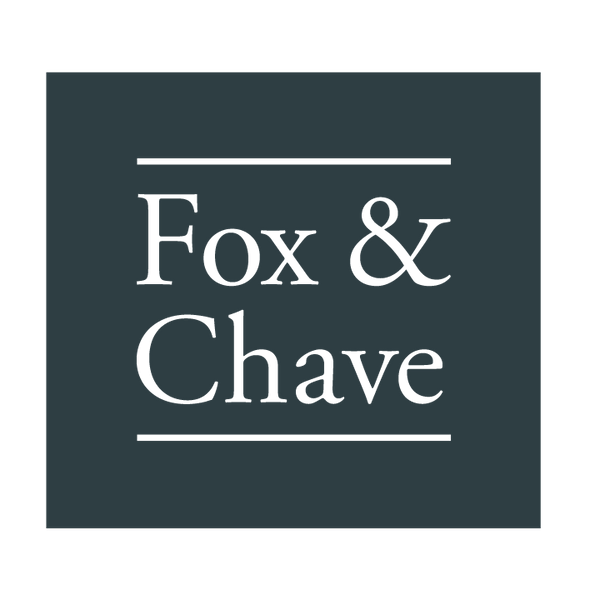
The origins of silk are known to extend back to the Neolithic period in China and the earliest fragment found of the material has been dated to 3630 BC. The great philosopher, Confucius, writes of the 14 year old Empress Leizu, wife of the Yellow Emperor, watching a silk worm cocoon that had fallen into her teacup. As she removed the worm, the thread of cocoon unravelled. She saved the thread and wove it into a small piece of fabric.
The empress was so fascinated by the long thread and the small piece of beautiful material that she created that she asked her husband to give her an orchard of mulberry trees. She encouraged her ladies to collect and raise silk worms and thus began the noble art of sericulture. Leizu is known as the Goddess of Silk.

Sericulture was restricted to women for many centuries and gradually became a thriving industry. Its use was stringently limited by the authorities and for over 1000 years, silk was only worn by the Emperor and his royal entourage. It was a symbol of great wealth and power.
Fragments and silk articles have been excavated from the royal and noble tombs all over China, one of the most notable being the Hubei tomb of the Marquis Yi of Zeng, who was buried in 433 BC, with 234 fragments of silks.
The use of silk gradually extended to the noble class, but it was only much later, during the period of the Qing Dynasty (1644-1911), that peasants were allowed to wear it. During the Tang Dynasty (618-907 AD), the colour of silk indicated the social status of the wearer.

Silk production was eventually extended to household items and to paper. Paper was one of the great creations of Ancient China, that had far reaching consequences for the world. It was developed at about the same time as silk, from other natural fibres such as bamboo and linen. The first known instance of silk paper has been dated to the 2nd century BC and weighty treatises on divinity, astrology and medicine have been found written on this luxurious material.
The value of silk as a commodity in Ancient China was such that the length of cloth was equated to monetary worth and its uses included important diplomatic gifts, political peace offerings, payment to government officials and rewards to worthy subjects.
Sericulture was closely protected in China for many centuries, with extreme penalties for infringements. Although the Chinese began to export it, its production secrets were jealously guarded. Myths and wild speculation grew around the possible origins of this fabulous material, such was it admired in other empires. Early fragments have been found in tombs in ancient Egypt, Persia, Greece and Rome. Pliny the Elder first attributed the correct source of the thread to the bombyx month in his encyclopaedic work, Natural History (77-79 AD). Though popular and widely available today, silk is still considered a luxury fabric, its refracted light lending a beautiful luminescence to its colours and patterns.
The 5000 year history of silk is fascinating, reflecting global social and industrial change over the centuries. Important sources spread to Japan, India, France and Italy. Today Fox & Chave works with specialist manufacturers in China, based in the area where a child’s silk shroud has been carbon-dated to 5000 years ago, testament to a long and enduring local sericulture. Our ranges offer a variety of different weaves, weights, textures and finishes – woven, twill, crepe de chine, chiffon, satin, habotai and brushed silk. The fabrics are carefully chosen for their suitability for our different products - ties, bow ties, scarves, stoles and pocket squares.
Learn about the commercial spread of silk and the famous Silk Road in a forthcoming Blog.


